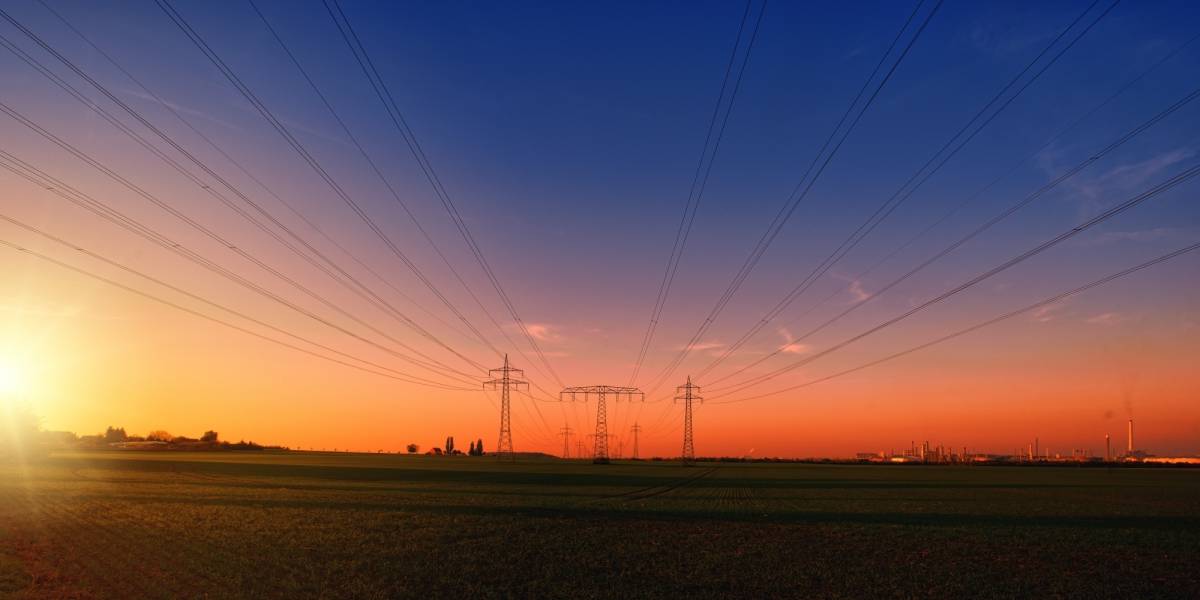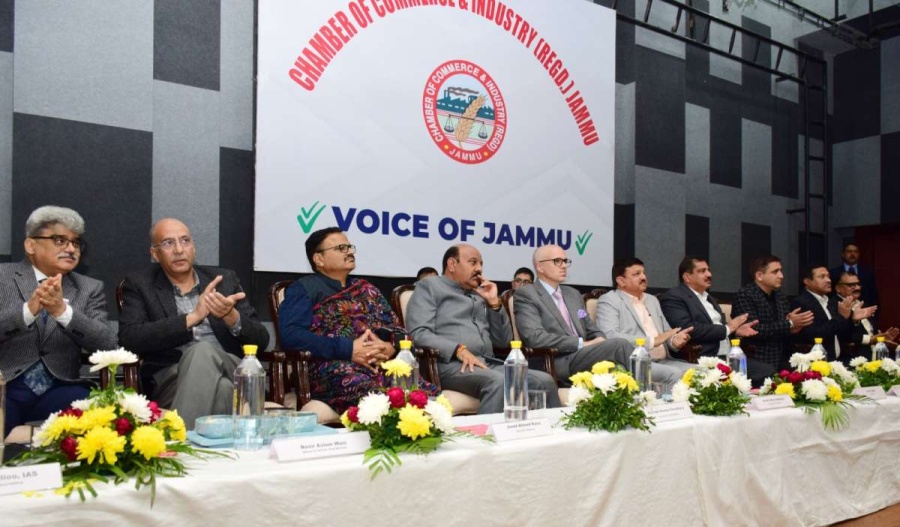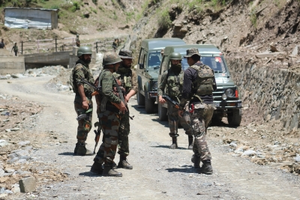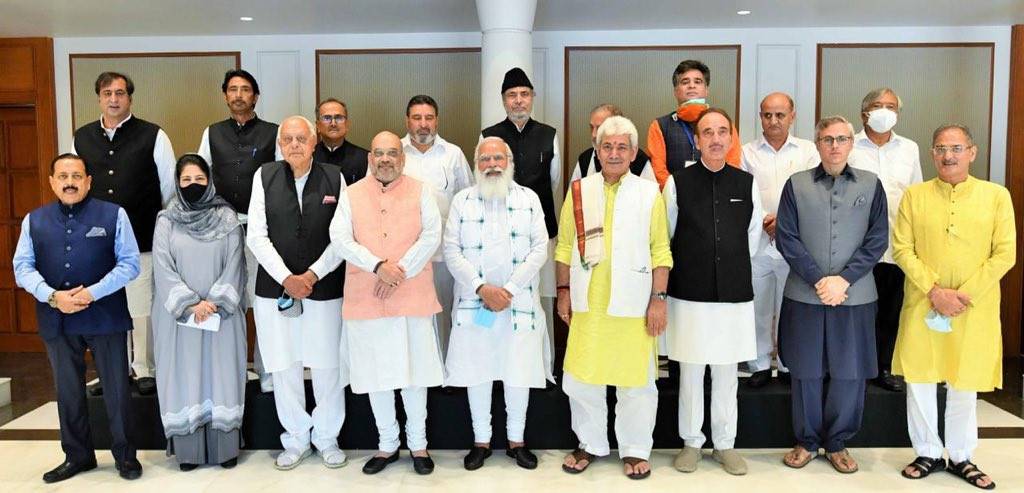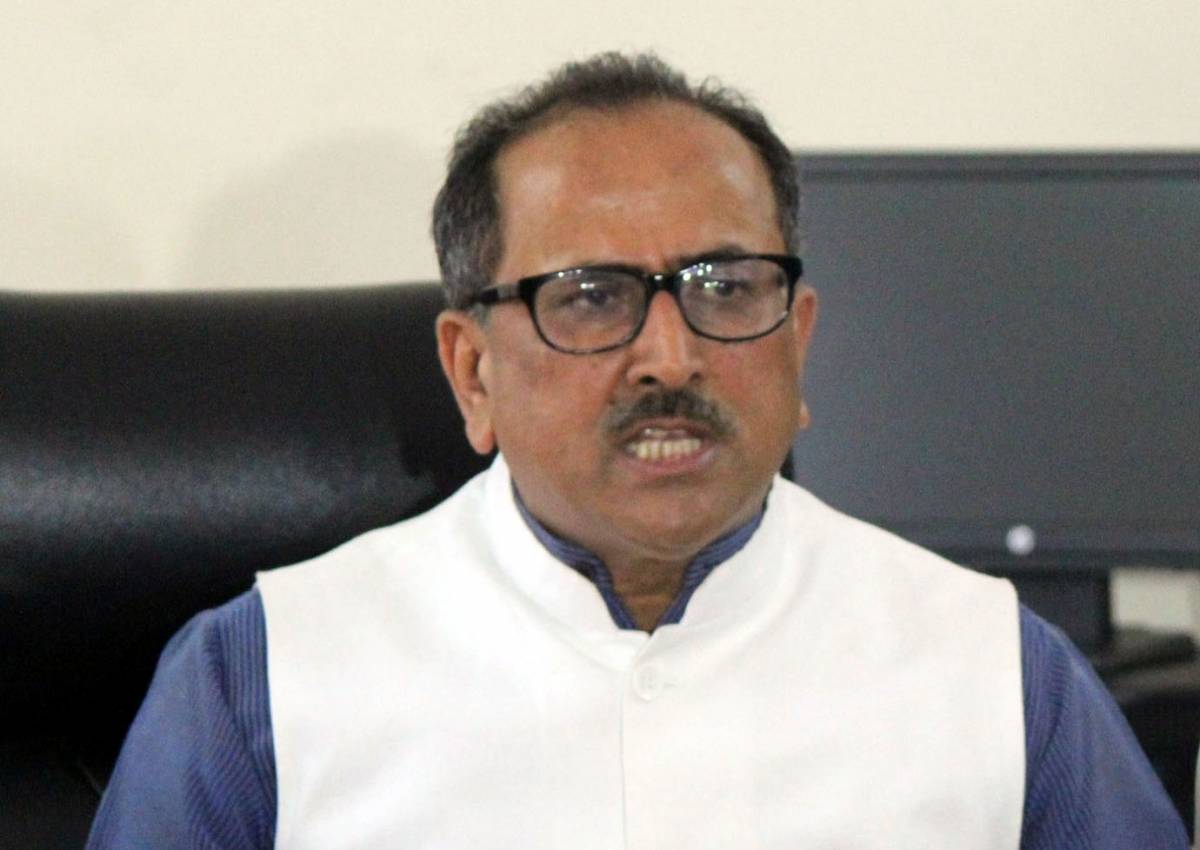J&K has an identified capacity of 16,475 megawatts of hydro-electric power, but at present the generating capacity of its projects is only 3400 megawatts…reports Asian Lite News
Despite 100 per cent electrification, Jammu and Kashmir continues to battle for electric energy.
J&K has an identified capacity of 16,475 megawatts of hydro-electric power, but at present the generating capacity of its projects is only 3400 megawatts during peak season when local rivers have maximum discharge.
“Demand during winter is 3500 megawatts, but generation that time is only around 800 megawatts.
“80 per cent power is, therefore, imported from outside.
“The real problem is not how much we generate, but whether we have the money to buy power?
“Average cost at which we buy power is Rs 7 per unit. This is made available to the consumer at Rs 2.9 per unit for domestic use, at Rs 4 for industrial use and at Rs 5 per unit for commercial use on an average.

“Thus the government has to cross subsidise. What actually ails the power sector is 60 per cent aggregate technical and commercial losses (ATNC) that includes 40 per cent pilferage.
“Our agreements with consumers are for 1400 megawatts and we supply 1700 megawatts and still there is dearth of supply on ground.
“To address our electric power woes, the remedy lies in making a huge transmission capacity.
“Generation within or buying from outside is not the actual problem because in most cases, the generation cost would be higher than the rate at which we can buy power from outside.
ALSO READ: Modi shares blog on reforms and policy-making
“We were allotted a coal belt 12 years back. We have still not utilised this because it has not been decided whether coal should be transported to J&K for generation in Kathua district or whether generation should be undertaken at source to avoid the huge transportation charges.
“There are 15 power generation plants in J&K, all hydro based.
“Out of UT owned projects, Baglihar project stage 1 and stage 2 generate 450 megawatts each. This is the highest generation in the UT owned projects.
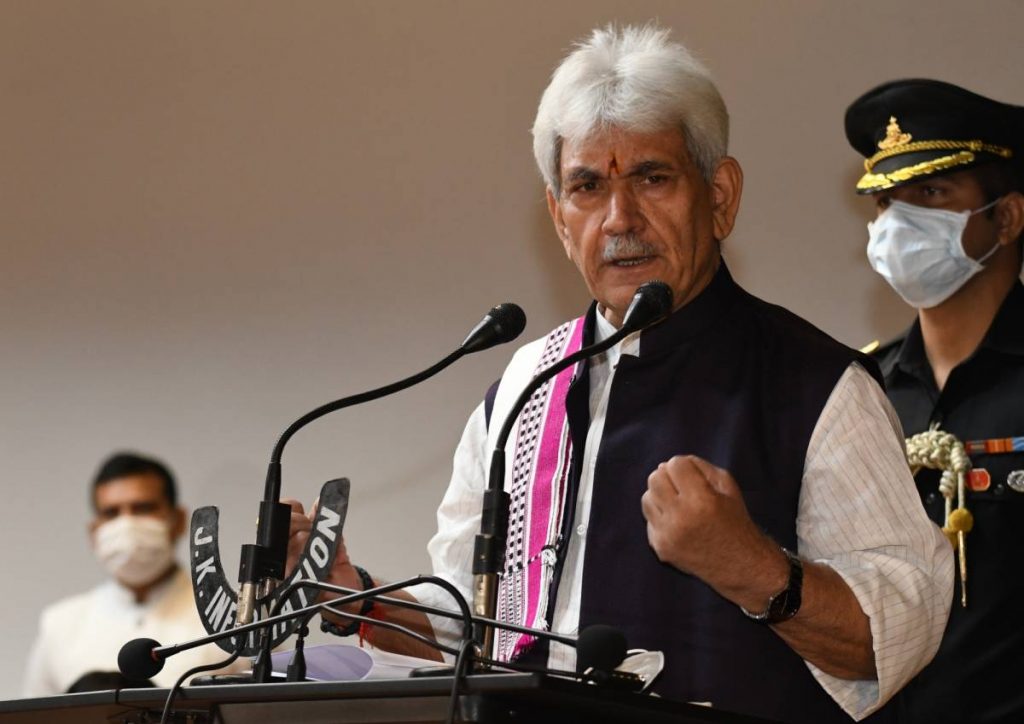
“But, the second unit of Baglihar generates 450 megawatts only for 4-5 months after which it is shut because of minimum water discharge during winter months.
“This is because while stage 1 of Baglihar project is built down a small dam, stage 2nd is run of the river project constructed at the tail race of stage 1,” said a senior engineer of the PDD who wished not to be named.
“Unless we produce enough energy there is little chance for industries to come up in a big way in J&K.
“This is the basic reason why we have not been able to create any major industry especially in the Valley,” said Khwaja Nisar Hussain, retired chief engineer.
There has been a lot of debate on whether the national hydroelectric power corporation (NHPC) owned projects in J&K can be transferred back into the UT’s ownership.
The general refrain has been that because of the NHPC ownership J&K is forced to buy its own power.
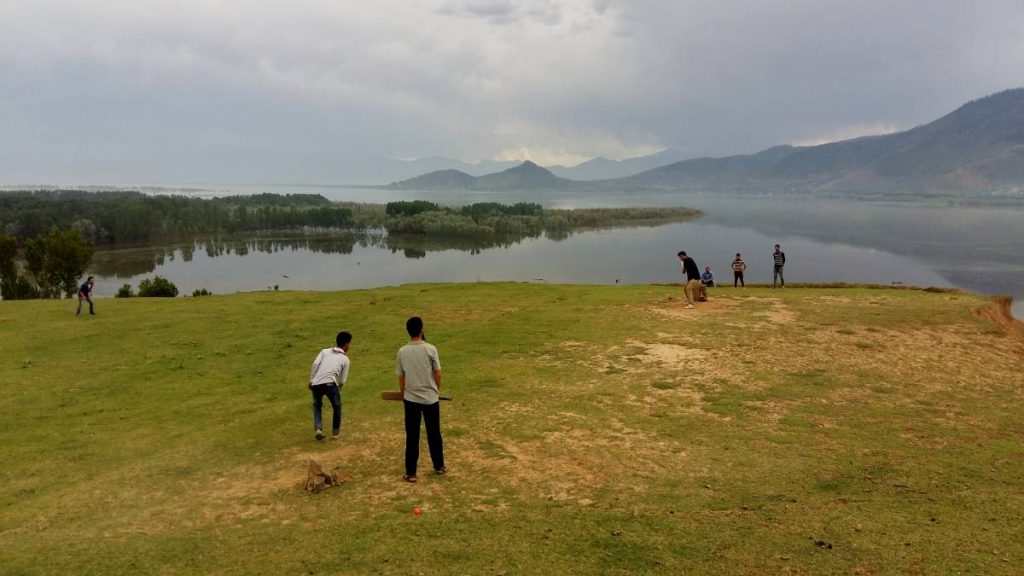
The argument looks logical, but the point is that J&K did not have the financial strength to build these projects on its own.
Except for the royalty fixed on these projects, the rest of the local requirement of electric power is met by purchase from the national grid.
Lt. Governor Manoj Sinha-led government and the Centre have signed several MOUs in the power sector, aimed at drawing an investment of Rs 35,000 crore for the UT.
This ambitious plan will help J&K generate 3500 megawatts which will make the UT both self-sufficient and surplus in electric power generation.
“J&K will turn from a power deficit to power surplus region within four years and there would be uninterrupted power supply throughout the UT for domestic, industrial and commercial purposes,” Sinha said while unveiling the government’s vision on power self-sufficiency.
These MOUs were signed between the power development department (PDD), J&K, NHPC and the J&K power development corporation.
As per the provisions of the MOUs, the projects constructed by the NHPC will be handed over to J&K after 40 years of commercial operation which was not the case in earlier projects allotted to NHPC.
Sinha also said that an overhaul is being made in the power infrastructure, management and distribution with the support of the union government without any expenditure by the UT.
“In the past, J&K was deliberately prevented from attracting investment and despite having abundant potential for power generation, its energy needs were not addressed.
“With the execution of new mega power projects, a number of other employment avenues would also be generated for the locals,” Sinha said.
Given the generous financial and technical support by the union government, J&K is turning a new leaf in power generation.
From a deeply power starved state to a self-sufficient, electric power selling UT during the next four years. This would be a quantum leap in the real sense of the word as described by Lt. Governor Sinha.
ALSO READ: Modi says govt committed to restore statehood for J&K


